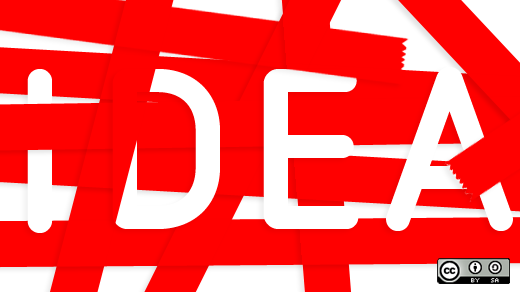This month marks nine years since O'Reilly Media launched Make magazine, which was the first time many who had already been "makers" for some time started using that term. A year later, Maker Faire launched as a place for them to share their creations. Last year 100 Maker Faires were held in on five continents with 530,000 attendees. And 2006 was also the year that TechShop was founded to give those makers a place to have access to industrial tools they otherwise likely wouldn't be able to use, from CNC mills and lathes to laser cutters and welding tools.
Whether you've been in the middle of it for the last decade or are just an observer starting to notice the growing changes, TechShop CEO Mark Hatch's insights into it in The Maker Movement Manifesto: Rules for Innovation in the New World of Crafters, Hackers, and Tinkerers are worth a read. Hatch didn't start TechShop, but he has been leading it since 2007, or as he puts it, has "the unique opportunity to arm a Maker Movement army with the tools it needs to change itself and the world."
The availability and accessibility (in cost and location) of tools previously found only in corporations with deep pockets combined with learning resources and collaboration are changing the future of tangible product innovation as well as of manufacturing.
Hatch's stories of the TechShop origins of projects and companielike Square and DODOcase exemplify the open source spirit. Maker after maker proves that failing fast leads to succeeding fast. Sharing their work leads to greater knowledge and a better product. People who have no background in engineering or design are learning to use a tool one day and starting a business the next (often to their own surprise!).
My favorite story introduces chapter two. Hatch meets a middle-aged TechShop member working on a "poorly constructed, clunky, aluminum blocklike structure," which he announces is a desktop diamond manufacturing device. (Just think through those four words again.) Hatch admits to concluding that Mike, the would-be diamond-maker, is just plain crazy, confirmed by his pronouncement that he just needs to rip a magnetron out of a microwave to make the necessary plasma ball. You know, for the hydrogen and methane in his poorly constructed block. "And diamonds just fall out," Mike adds.
It turns out crazy Mike is a physicist with diamond-deposition tool company experience, and his end goal is to create a diamond ring for his wife. Not a diamond on a ring of gold. A diamond circle with a hole in the middle. A literal diamond ring.
No word on what his wife will be getting come Valentine's Day, but the tale is one of the now ridiculously low cost of pursuing your potentially crazy—but potentially amazing—ideas. Based on his industry experience, Mike said that it would have cost about $80,000 to have the work done. He could have done it himself for less than $1,000.
The stories can start to feel repetitive, which is fairly common to this genre of book, but that repetitiveness also serves to underscore the point. The face of entrepreneurship is changing. It no longer costs your life savings and years of dedication to get a prototype in front of someone who might consider manufacturing it. Today it's more like a week and maybe as little as some materials and a membership to a place like TechShop—and you might even be able to do the small-scale manufacturing yourself.
Hatch also spends a good bit of time explaining why the maker movement is so important beyond commerce. Making—creating physical objects to share—is fulfilling to the human spirit. It's a rewarding experience unlike any other. "The world is a better place as a participatory sport," he writes, and making in the way that those who are a part of this movement do it is anything but spectating. "The act of creating and making is actually fundamental to what it means to be human."
Similarly, we're naturally rewarded by the experience of sharing. I've noticed in talking to people at events like Maker Faire and Open Hardware Summit that many of them don't consider what they're doing open source. They don't think about the sharing or collaboration at all—they're simply doing it. It's not philosophical or even intentional. It's simply natural to share their work and to let others build up on it.
Readers may end the book feeling like they've spent a lot of time reading when they could have been making. If there's not a TechShop near you, though, there's almost certainly a hackerspace or makerspace with similar tools.
"We are standing on the foundation of the largest explosion of creativity, knowledge creation, and innovation in all of human history," Hatch concludes. "We are surrounded by a cloud of witnesses who wait to see what we will do in the next 10 to 20 years of profound innovation... The real question is, what are you going to do?"







2 Comments